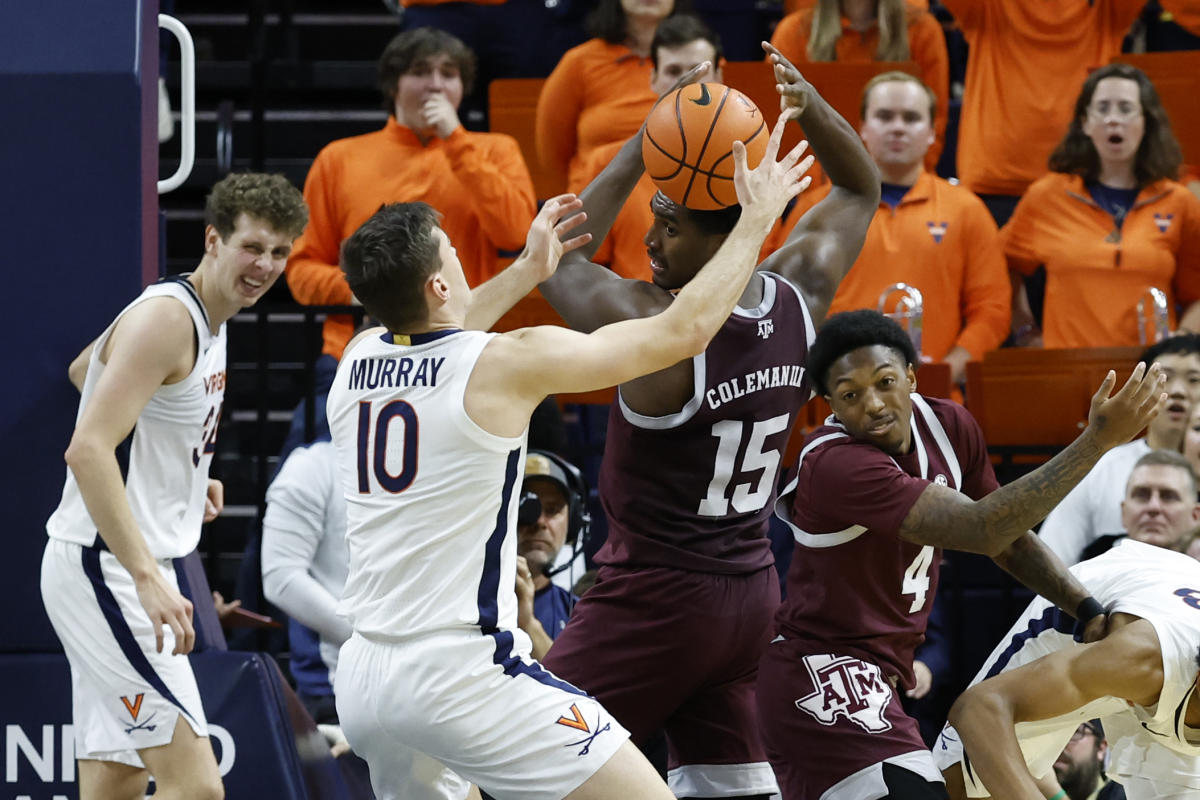When gauging the current popularity of a Minnesota sports entity, there are numerous ways to do so. One often overlooked method involves monitoring the excuses made by the public and media when a team fails.
Take, for example, P.J. Fleck, the clever coach of Gophers football. Just three days after a terrible loss to Northwestern, Fleck attributed any current and future shortcomings to the lack of name, image, and likeness (NIL) money available to entice players to join or stay on the team.
A few weeks later, following a 42-point defeat by Michigan, you could find comments online suggesting that the loss was expected because Michigan had more NIL money.
In St. Paul, the Wild are beginning their season, and any shortcomings may be due to a salary cap issue created by Bill Guerin’s buyouts of Ryan Suter and Zach Parise in 2021.
It’s an interesting situation because our NHL team can’t really lose even when it does.
The Twins also experienced a rise in excuse-making after they ended their 19-year playoff drought and won three games. Despite their struggles in the competitive American League Central, critics constantly berated their weak batting performance, which relied heavily on strikeouts.
Even I joined in, calling them the Whiffenpoofs and later the TwinKs around Memorial Day.
However, when it came down to their final game on Wednesday night and Max Kepler received a called strike three, Twins fans were angry at the umpire for missing a pitch slightly inside rather than blaming Kepler for failing to “protect the plate” (a concept that isn’t as prominent these days).
Here’s a revelation: the accuracy of ball-and-strike calls has never been better. When we see the superimposed strike-zone rectangle on TV and a pitch is slightly outside, we immediately cry foul, wondering how the umpire could miss it.
A 90-mile-per-hour fastball reaches the plate in just four tenths of a second. Moreover, more pitchers throw 100 mph now than 90 mph, which means a hitter has to make split-second judgments about the ball 15 times a game. In contrast, a plate umpire has to do it 250 times per game.
It’s undoubtedly the toughest job in sports officiating, no doubt about it.
Tim Tschida, a former big league umpire who officiated for 28 years until 2012, shed some light on the process for a plate umpire at the highest level.
“You’re like a hitter,” Tschida explained. “You’re trying to track the ball from the pitcher’s hand to its flight throughout its trajectory. Every pitch is initially called a strike until proven otherwise. That’s because calling a strike a ball has more significant consequences.”
Electronic evaluation of umpires began in 2002 with the introduction of the QuesTec system in most ballparks. The Hawk-Eye tracking system is currently used and will likely be part of a challenge system for balls and strikes in the big leagues soon.
Until then, we can trust that baseball is offering the best plate umpiring ever.
“I’m certain you’re right,” Tschida agreed. “The accuracy percentage is astonishingly high. The reality is that teams have screens all over the dugouts, and they wait for a bad call to start yelling. For example, a hitter gets called out on a 98-mile-an-hour pitch just off the edge, and he’s got his excuse for striking out.”
“I bumped into Rod Carew at the ballpark last week,” Tschida shared. “I told him, ‘Rodney, given the pitches you had to hit and the pitches now called balls, you wouldn’t have hit .380. You would’ve hit .450.'”
MLB is in the process of selling the soul of its game – balls and strikes – to the Hawk-Eye system. That’s fair enough, but always remember that the strike zone box you see during telecasts isn’t always perfect.
“I had dinner with a friend of mine who umpired a Mets game that afternoon,” Tschida recalled. “The Mets had runners on base, a pitch came inside, and he called it strike three. They didn’t like it.
“It turned out that the Mets telecast had the pitch as a strike, while the Cardinals telecast had it as a ball. Meanwhile, MLB had it in the buffer zone to account for the margin of error.
“Those TV boxes are far from flawless.”
So, it might be worth noting this when placing blame on Jansen Visconti for ending the Twins’ season.

David Rodriguez brings the excitement of Major League Baseball to readers. With a deep appreciation for America’s pastime, he covers the latest MLB news, scores, and player achievements, keeping fans up to date with their favorite teams and players.




:no_upscale()/cdn.vox-cdn.com/uploads/chorus_image/image/72931262/usa_today_21973134.0.jpg)


